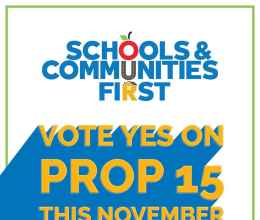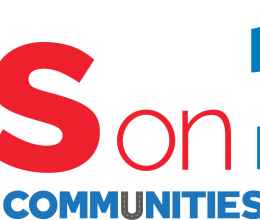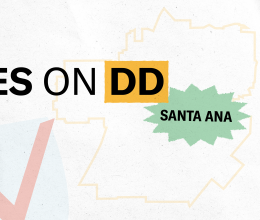
This November, all Californians who are registered to vote will receive a mail ballot thanks to AB 860. This means voters will have the option to mail back their ballot, drop off their ballot at a polling location, vote center, or secure drop box, or forgo that process altogether and vote in person. AB 860 will help protect the health of voters who use a mail ballot and will also reduce crowding at polling locations and vote centers for those who need access to or prefer in-person voting.
Notwithstanding the importance of this voting option, many, including President Donald J. Trump, are spreading misinformation about vote-by-mail. In fact, vote-by-mail is a safe, secure, and reliable alternative to voting in person.
Vote-by-mail is not new and is used by voters across the political spectrum.
Absentee voting, or casting a ballot by means other than physically going to a voting location, has been around since the Civil War, and vote-by-mail is used across the political spectrum. In fact, every state allows for some form of vote-by-mail, and nearly half of states that provide a vote-by-mail option to all voters are led by Republican governors. President Trump, Attorney General William Barr, Former First Lady Michelle Obama, and innumerable others have cast mail ballots in the past. Vote-by-mail does not favor any political party. What’s more, vote-by-mail is already widely used, with seventy-two percent of California voters casting a mail ballot during the 2020 March primaries.
Only individuals with active voter registrations will receive and be able to cast a mail ballot this November.
Inactive voters and individuals who are not eligible to vote will not receive ballots. California already has safeguards in place that ensure that only eligible voters can register to vote. Further, and as discussed in more detail below, every ballot contains a barcode associated with a specific registered voter and a voter must sign the ballot-return envelope before returning it. These mechanisms allow the voter to track their ballot and allow the county registrar to ensure that the voter’s signature compares to their signature on file before counting the ballot. Even in the very unlikely event that a person ineligible to vote went out of their way to attempt to cast a ballot, there would be no such ballot or registration associated with that person in the first place and election officials would have nothing to verify the ballot against.
There are strong protections in place to prevent the improper collection of ballots.
“Ballot harvesting” is a phrase used by some to deride the real and legitimate practice of designating someone to drop off your ballot. This ballot-return option is important for the elderly, individuals with disabilities, and individuals who are quarantining because of the pandemic, particularly as we get closer to election day. To prevent fraud and protect privacy, voters must first sign and seal their ballot-return envelopes, and the designee must then include their name, relationship to the voter, and signature. Willfully tampering with or not returning the ballot is a crime. It is not possible for someone to print out and cast fraudulent ballots (and any such attempt is also a crime)—all legitimate mail ballots come with a barcode associated with a specific registered voter. The integrity of this practice is reflected by the fact that both the California Democratic and Republican parties have had volunteers collect ballots and submit them to secure drop-off locations.
Vote-by-mail is a secure process, and instances of voter fraud and impersonation are very rare.
Studies upon studies show that voter fraud and impersonation is almost nonexistent, and President Trump’s now-disbanded Voter Fraud Commission failed to find evidence of fraud. Beyond the intentions of individual bad actors, however, our elections system has safeguards to prevent fraud in the vote-by-mail context. To start, only active registered voters will receive a mail ballot ahead of the November election. As noted, that ballot will have a barcode associated with the specific voter, and the envelope also includes the voter’s name and address. After filling out the ballot, the voter must sign the ballot-return envelope before returning it. Voters can then track their ballots to ensure that the county receives and accepts their ballots. The county scans the barcode on each ballot to confirm that the voter has not already cast a ballot and reviews the signature on the ballot-return envelope to confirm that it matches the signature in the voter registration database.
Now that you know that vote-by-mail is a safe, reliable alternative to voting in person this November, what’s next?
Make a voting plan. Fill out, save, and share your plan with at least three other voters to make sure you and your loved ones are prepared when it comes time to exercise your rights.


